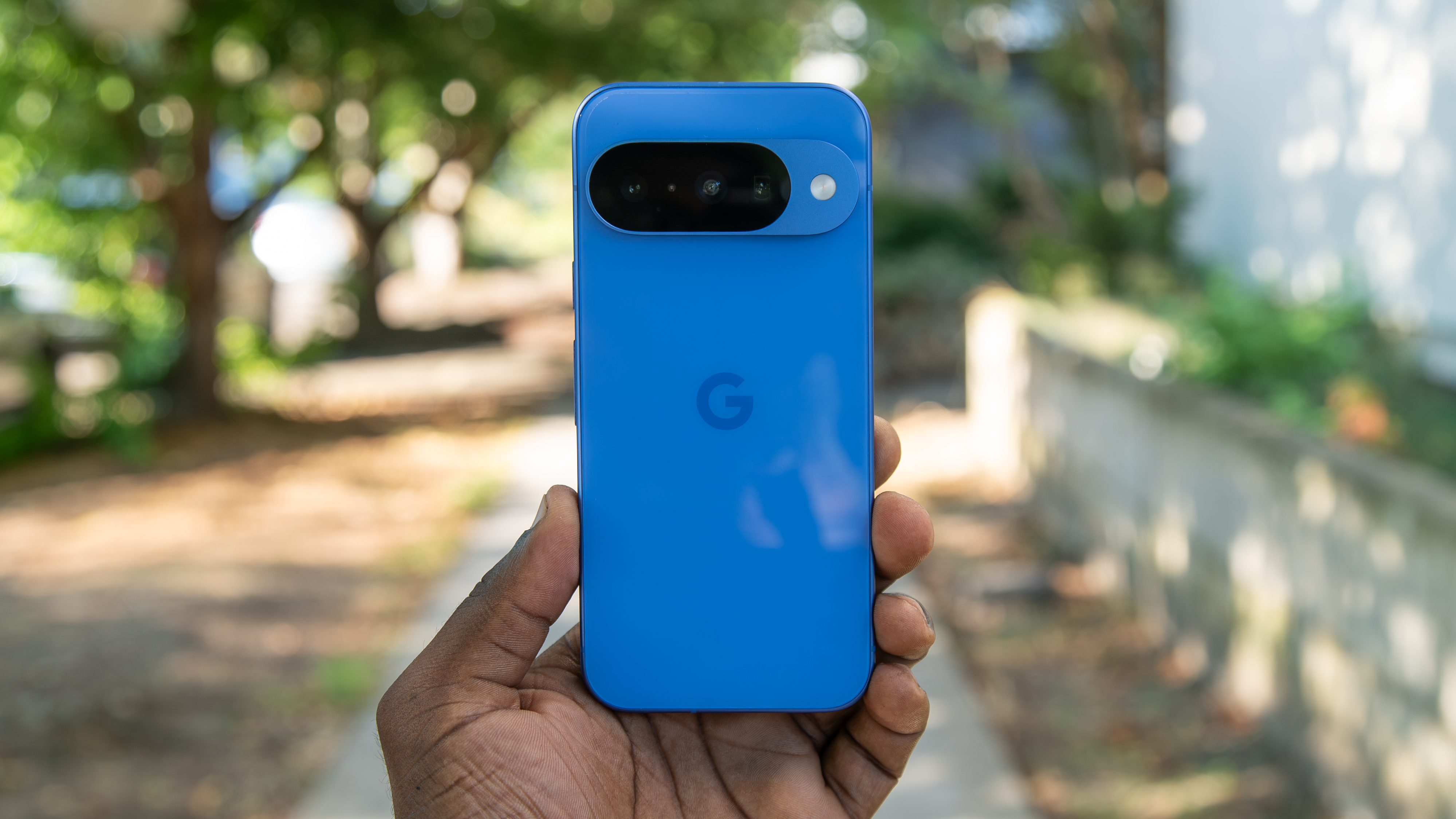Are Quest Pro controllers worth buying for Quest 2?
No more dead zones sound pretty darn good.
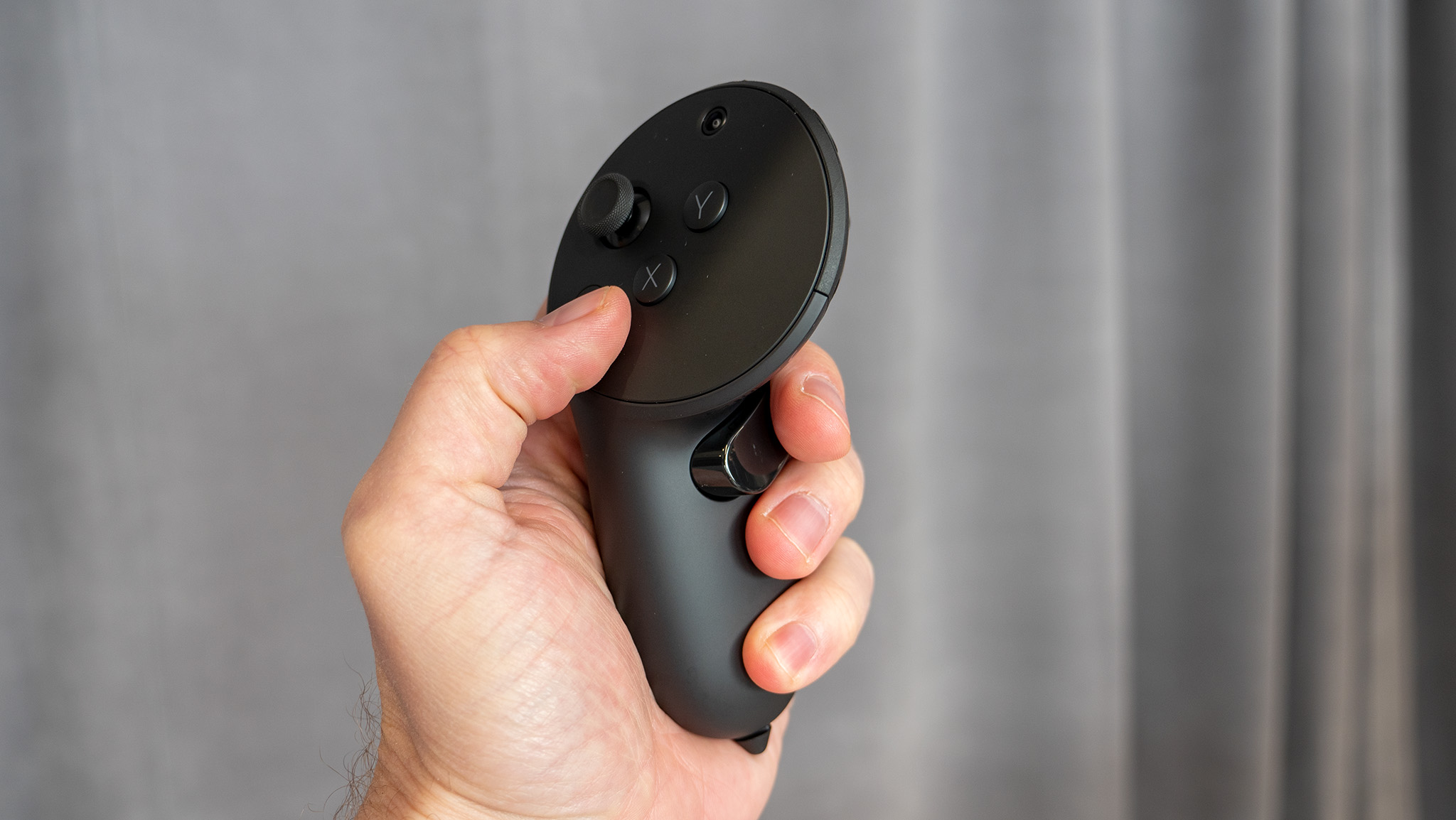
Are Quest Pro controllers worth buying for Quest 2?
Best Answer: Yes. Quest Touch Pro controllers eliminate tracking dead zones and offer better and more accurate tracking than ever before, making it easier to grab and throw objects in VR. They also have better haptics and offer additional functionality like stylus tips on the back for whiteboarding.
What can you do with Quest Touch Pro controllers?
Why you can trust Android Central
Meta Quest Touch Pro controllers are the official name of the controllers that ship with the Meta Quest Pro headset. Meta is also selling them separately for $299 so that Oculus Quest 2 owners can get substantially better controllers without having to upgrade their headsets.
Quest Touch Pro controllers are a huge upgrade over the gen 3 Quest Touch controllers that ship with the Quest 2. Instead of having a ring of LED lights around the controller that are tracked by the headset, Quest Touch Pro controllers can actually track themselves. That means it's no longer reliant on the headset being able to see the controllers, so dead zones are a thing of the past.
This is made possible by a series of three cameras on each controller — one on top and two out front — which work in conjunction with the Qualcomm Snapdragon 662 processor inside each controller. Yes, each controller has its own processor now and can perform SLAM algorithms to determine its location at all times just like the Quest headset can.
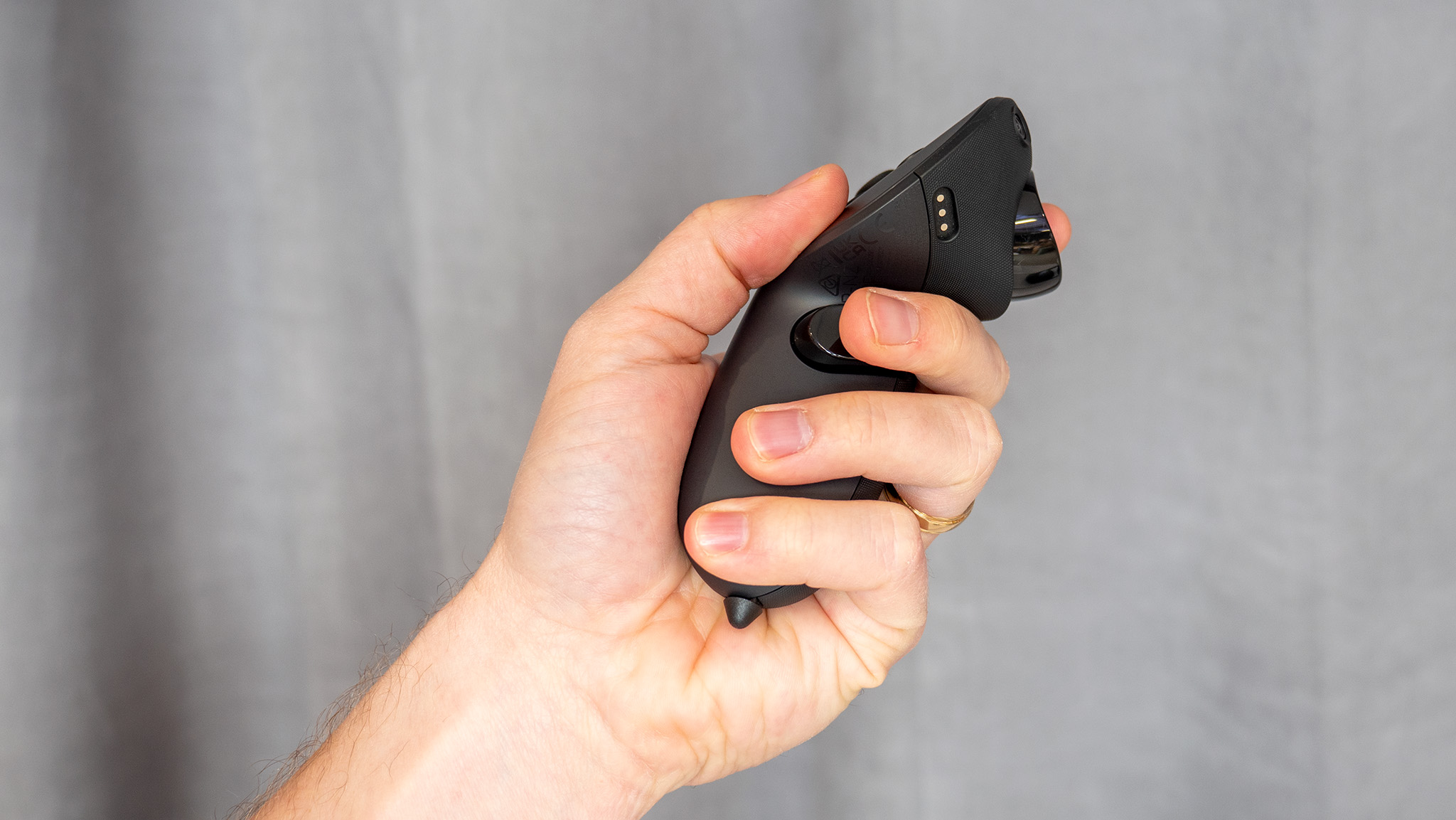
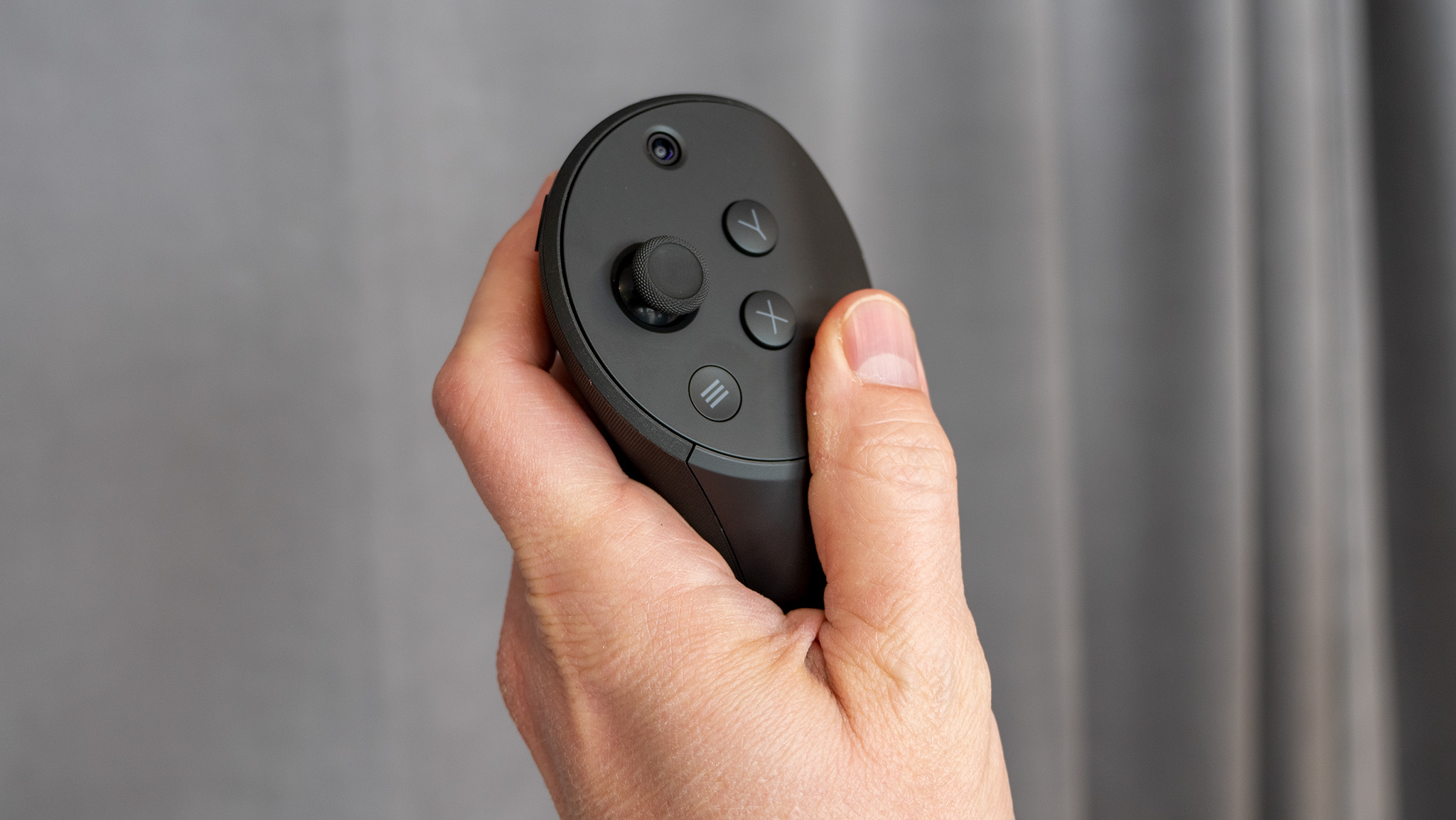
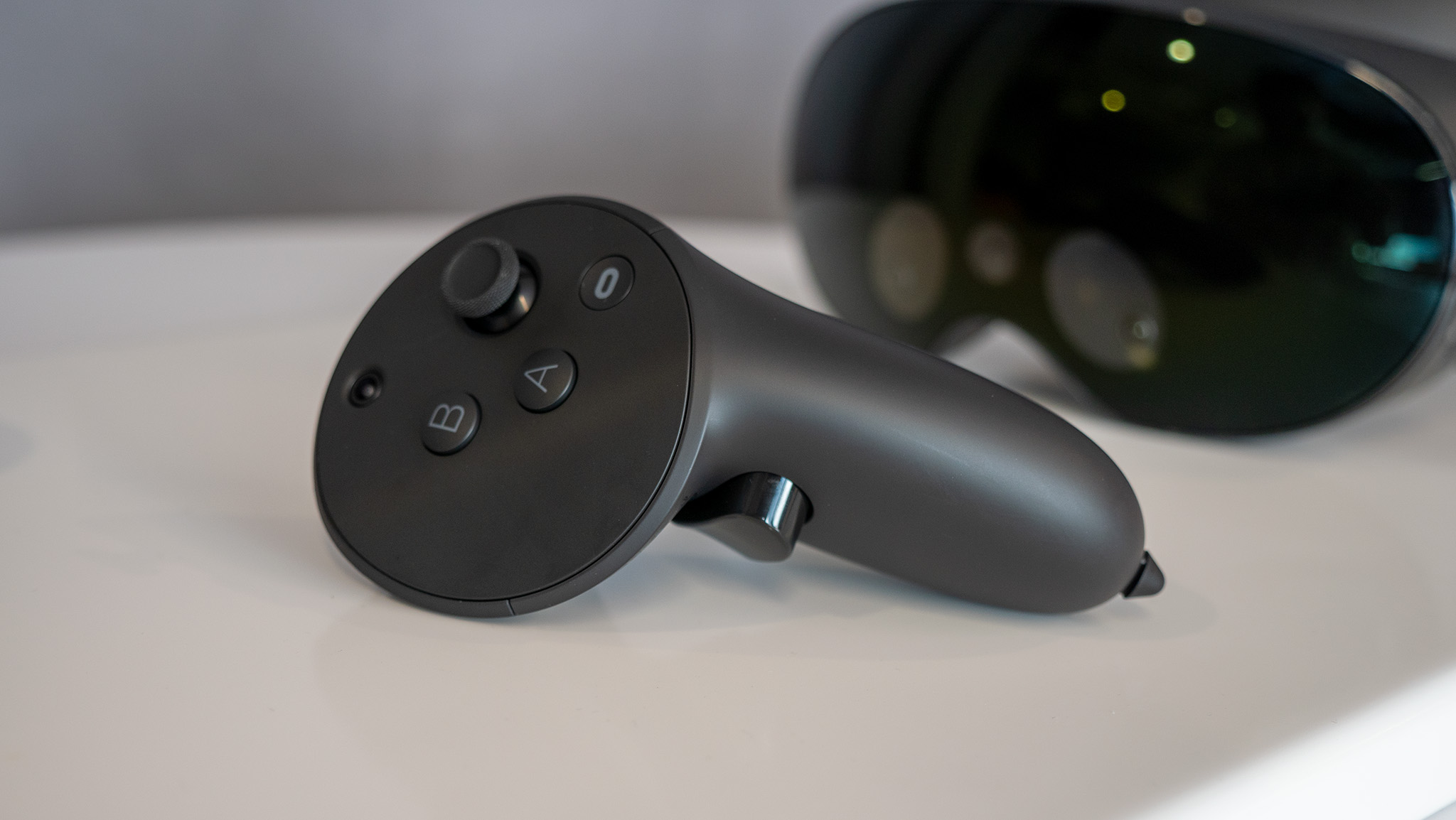
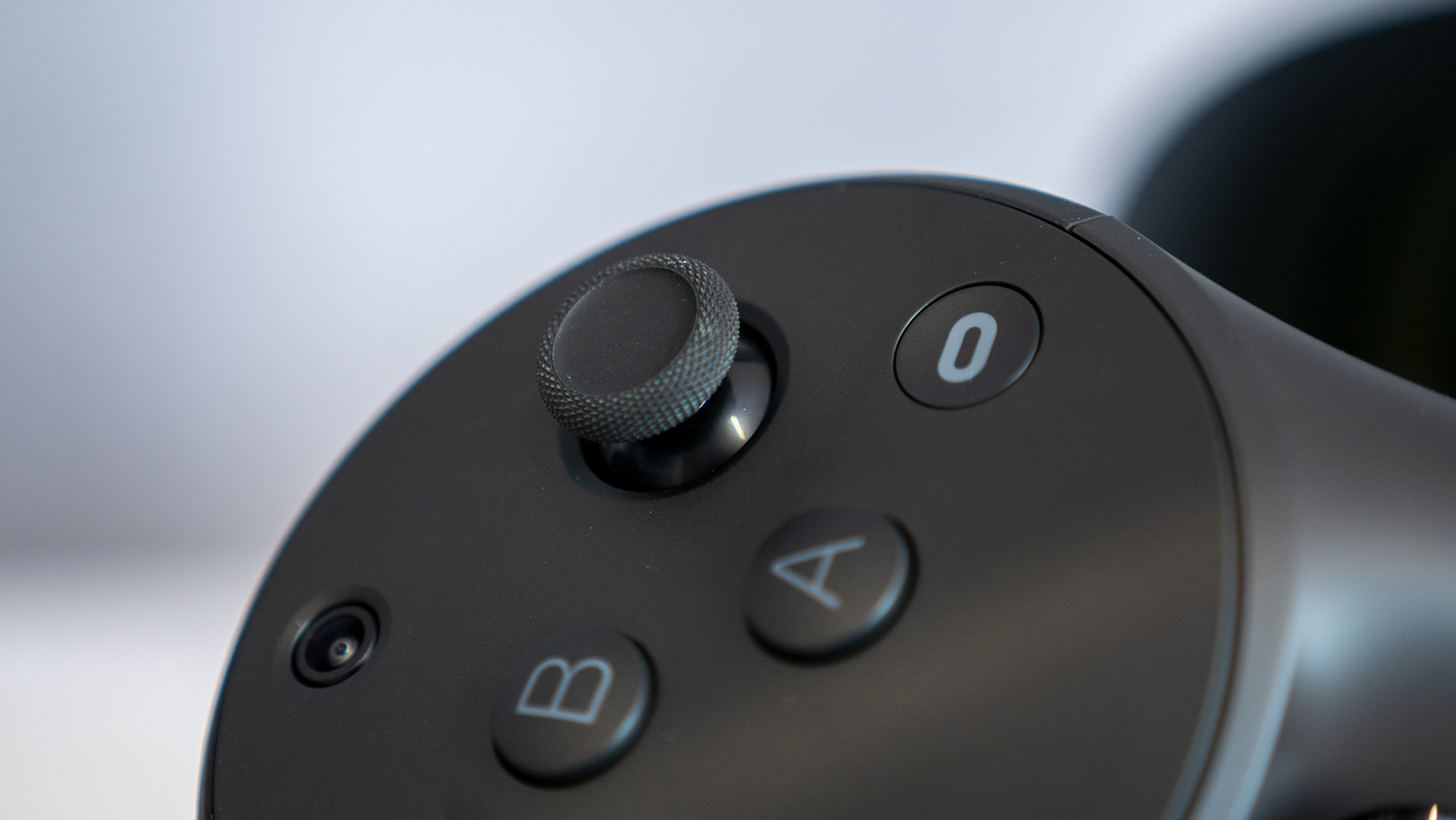
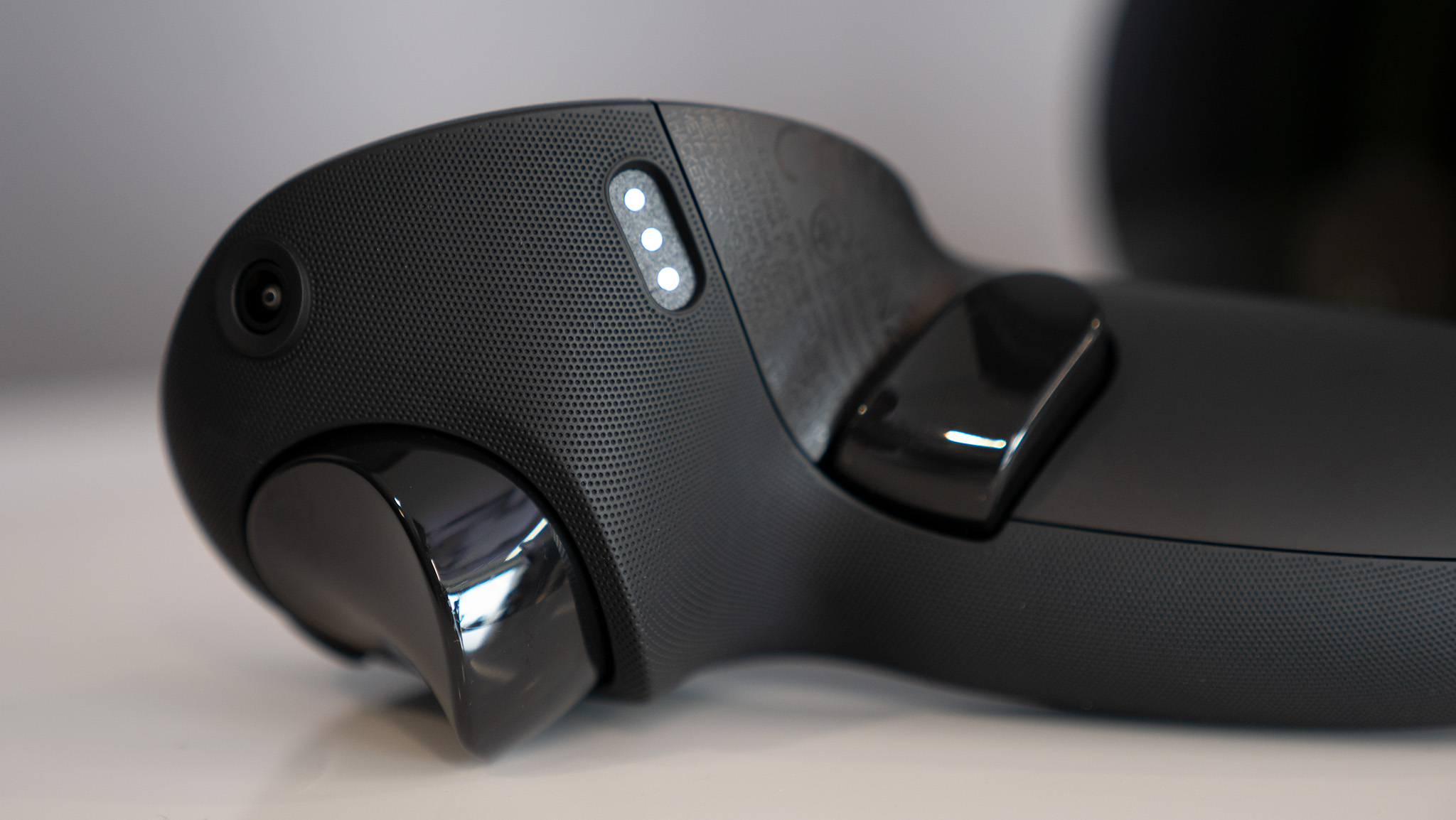
That takes the processing onus off the Quest 2, as well, and ensures that tracking should both be faster and more accurate than the Quest 2's Touch controllers are.
Because of this, players who find themselves frustrated with the dead zones on the Quest 2's controllers — that means when the headset can't see the controllers and therefore loses tracking — should seriously consider upgrading to Quest Touch Pro controllers.
That ensures that fast, wide swings in Beat Saber, knocking arrows in games like The Walking Dead: Saints & Sinners, or even hand and arm movements in titles like Bonelab or VR Chat are more natural and don't get "stuck" when you put them above your head or behind your back.
You can see that illustrated in the video below where I use the popular archery game In Death: Unchained to showcase the differences between the two controllers. This is one of the better "real-world" examples of how the new tracking tech can make your gameplay better.
Quest Touch Pro controllers also offer better haptic motors inside, including advanced an haptic engine that is included throughout the controller for more realistic feedback in VR titles. In the game above (In Death: Unchained), you can feel the bow string tighten as you pull the arrow back with the Quest Pro controllers. The Quest 2 controllers attempt to replicate this feeling but fall short and just feel clumsy in comparison.
Complete with that are a handful of new sensors that let players more accurately grab and squeeze objects in VR when games and apps support advanced features. Even without proper support, it's just easier to point at and grab objects — and, subsequently, throw them — using Quest Touch Pro controllers. There are even pressure points for your fingers, making it feel more like you're grabbing virtual objects.
Since the controllers have additional sensors onboard and include cameras for tracking, you can also more naturally point and use your fingers in VR.
Lastly, Meta Quest Touch Pro controllers include a removable stylus tip that can be used for writing in VR. In apps like Horizon Workrooms, the Quest controllers will automatically turn into a hand holding a pen when flipped around, and the advanced haptic motors in the controllers make it feel more like you're writing on a solid surface even when writing with the controllers in the air.

The removable stylus tips on the ends of the Meta Quest Touch Pro controllers.
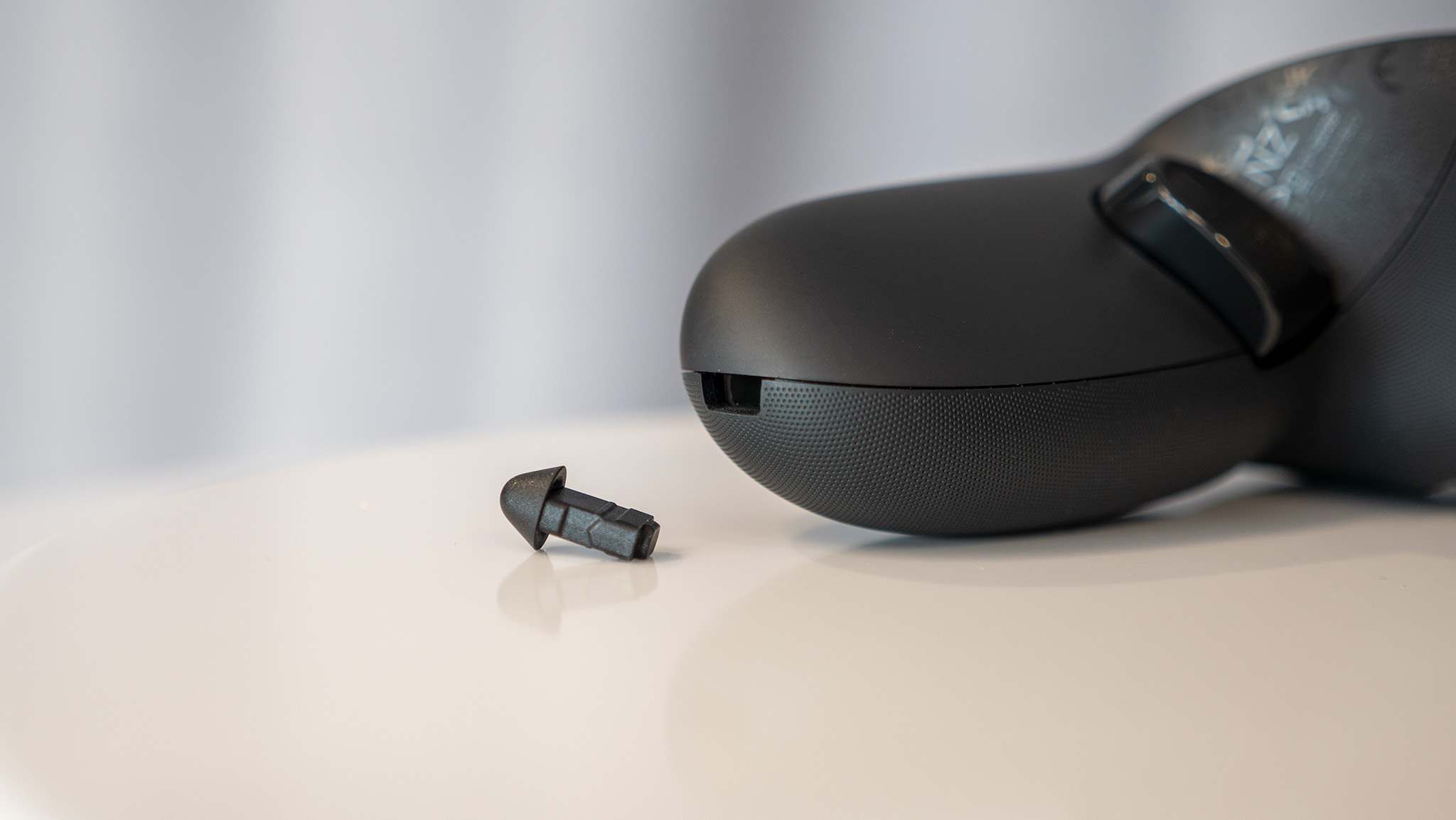
But not all is rosy with the Quest Touch Pro controllers. These controllers ship with a non-removable, rechargeable battery inside. While that's great for convenience and environmental reasons, it means that you'll need to regularly charge your controllers before use, just like the headset.
We will update this article with battery life measurements once we're able to review the controllers, but it's likely that all the advanced functionality means battery life is worse than the Quest 2's Touch controllers, which regularly last several months on a single AA battery. Right now, it looks like they can last up to 8 hours on a single charge, according to Meta leadership and a few developers with early access to the headset.
It's also entirely possible that hand injuries could become more common without a ring of light surrounding the controller. While no one wants to break their controller's light ring when punching a wall or other hard object, a controller is much easier, cheaper, and less painful to fix (or replace) than a broken hand.
While the best Quest 2 hand straps can offer additional comfort enhancements for Quest 2 controllers, we won't know for a few weeks yet if Quest Touch Pro controllers get any meaningful new accessories to help alleviate some of these potential issues.
Lastly, is the subject of cost. At $299, a pair of Oculus Touch Pro controllers cost as much as the Quest 2 used to cost — and is still only $100 less than a Quest 2 these days. That means these controllers are probably priced a bit out of range for many Quest gamers, even if they offer a lot of great new functionality.
Get the latest news from Android Central, your trusted companion in the world of Android



